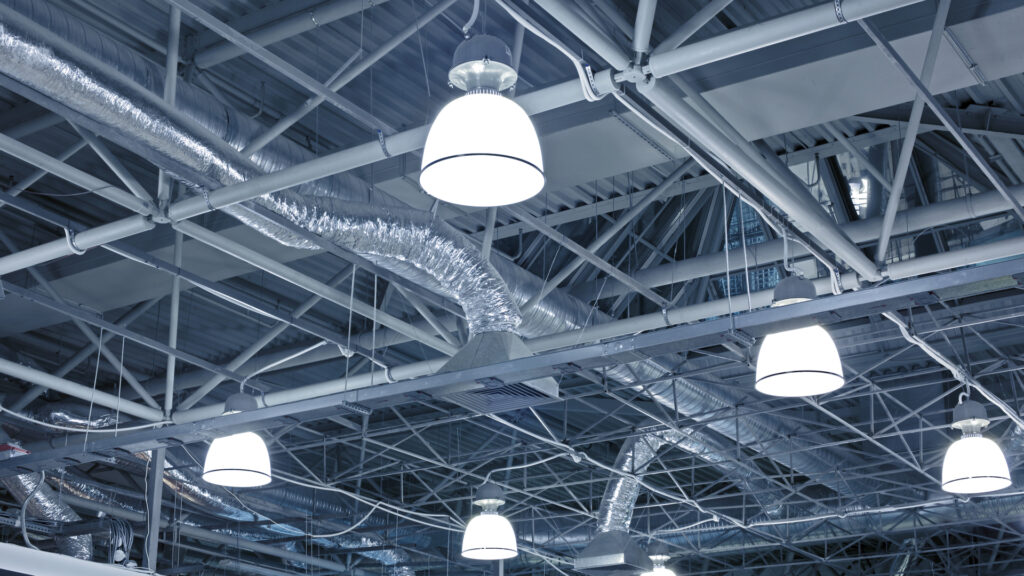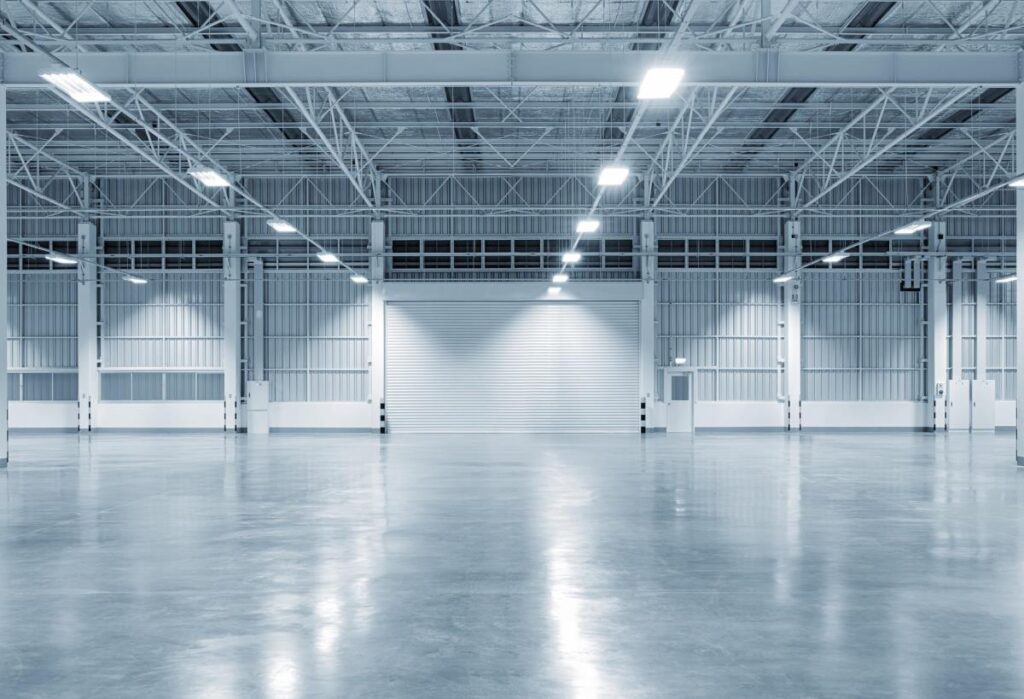LED High Bay Lights: Types and Benefits

Intense lumen output and compact size have made the High bay lights a perfect option for industrial and commercial users around the globe for decades. In the past few years, LED technology has taken over the marketplace of high bay lights because of the significant efficiency improvements and the working duration.
Moreover, the versatility and accuracy in the spreading of colors were also a reason. These benefits of high bay lights have become a cause of saving the significant amount of operational cost, charges of maintenance bore by the user, and its safety and efficiency are far better than the traditional lights.
Usually, it’s being observed that buyers face difficulties in buying and understanding these new LED high bay lights, whether for the very first time or occasionally. It’s because of its wide range and variety compared to older ones, for example, a wide range of wattage to lumen ratios.
Keeping in mind all the mentioned difficulties, we’ve summarized all the necessary information in this article to help buyers select the most appropriate LED high bay light for the required application capacity.
Secondly, we’ve highlighted the technical knowledge and the merits of their performance, which will tell the buyers why they should prefer high bay lights over the common types of LED light for both industrial and commercial applications.
Benefits of LED High Bay Lights
1. Energy Savings

That is the preferable benefit of the LED high bay lights that persuade buyers to choose that as per the application. The usual range of LED high bay lights lies between 95 watts to 495 watts. While the wattage of the ordinary HID high bay lights for the same output is available between 175 watts to 100 watts.
Eventually, transferring to LED high bay light will result from a considerable amount reduction of energy that is between 40% to 60%, and it’s not negligible. If we convert it into dollars per fixture, the saving will be almost $300 every year in electricity. It’s just because of switching to LED high bay lights. As per the capacity of the application, it’ll significantly impact the sheet of operational balance. To get best quality energy saving LED high bay lights, head to lepro.com.
2. Maintenance Cost Reduction

It’s also important to know that by switching to LEDs, the maintenance cost of the high bay lights will be impressively reduced. The key reason behind that is the function of light generation of LEDs. Secondly, it’s the way of working throughout its life span.
Rather than getting stopped permanently by reducing fueling material, its light output reduces very smoothly by the passage of time. Eventually, it dramatically increases the LED lights’ operating hours compared to HID lights; that’s why we need the extreme reduction one the maintenance load.
Let’s understand with an example, by switching HID high bay light of 400w by an LED, Saving of almost $5,000 can be gained for three years even in a standard industrial application of high bay lights, and it’s just saving of maintenance cost.
3. Lighting Performance
This is an essential factor to be discussed besides the other benefits of switching to different lights types. If we talk about performance, LEDs are almost closer to the HID lights fixtures. The design of LEDs is multi nodes, which means that they only scatter light on a particular part.
That’s why it exhibits a minute varying level of light on the required surface from the surface to the point of the fixture where it’s located. Moreover, for the same spread of light, one will find a range of correlated color temperature that means the range of options is increased with the required brightness viewpoint.
As a result, you’ll get a pointed spot of light under the fixture, and the level of light gets dim as we increase the distance from the institution.
How to Select LED High Bay Light For Your Needs
1. Wattage information

Wattage is usually referred to as the level of brightness we get. The brilliance of a metal halide lamp was the same as the brightness of the lamb coming next for the wattage of 400. Then the Fluorescent lights went into the market with minor curves, and it was considered high output. But later, the HO light of 54W produced the same brightness as a 400w did.
Later, the LED jumped in that race, and this technology improved the efficiency gradually; wattages number also got small and more miniature while the light increased. And it turns that into a myth that more brightness means more wattage.
We can get the same brightness by switching a metal halide of 400W to an LED high bay of 200W. It’s half of the power consumption that means a 50% saving on electricity. It makes it more understandable that wattage is no longer the scale of brightness.
2. Distance Information
Less the distance between lights, the light folds over the light on the surface, and eventually, the brightness increases. Similarly, the more the distance between fixtures, the less the fold over of light on the ground, and the brightness will be scattered apart because the gap between light increased, so the light will be uneven on the surface.
That’s the reason the degree of fold-over should be selected as per your requirements. It depends upon the requirements of the user and how much brightness they need on the surface.
Besides that, the gape is dependent on the height of the ceiling of your room as light travels farther from the source, scattered apart. As far it goes from the source, as much broader it’ll get.
3. Types of LED Bay Lights

Round LED High Bays: Go for high round bays if the building area is more prominent and broader or your ceiling is 35 feet higher—for example, a factory, gymnasium, or a warehouse.
Linear LED High Bays: Go for linear LED high bays if the ceiling is less than 35 feet higher and the area contains pass-through or assembly. And you don’t care about moisture or dust around the surface.
Specialty High Bays: go for this type of high bay light with higher ceilings and massive vertical buildings, such as a wash, restaurant, a more oversized laundry, pharmaceuticals.



